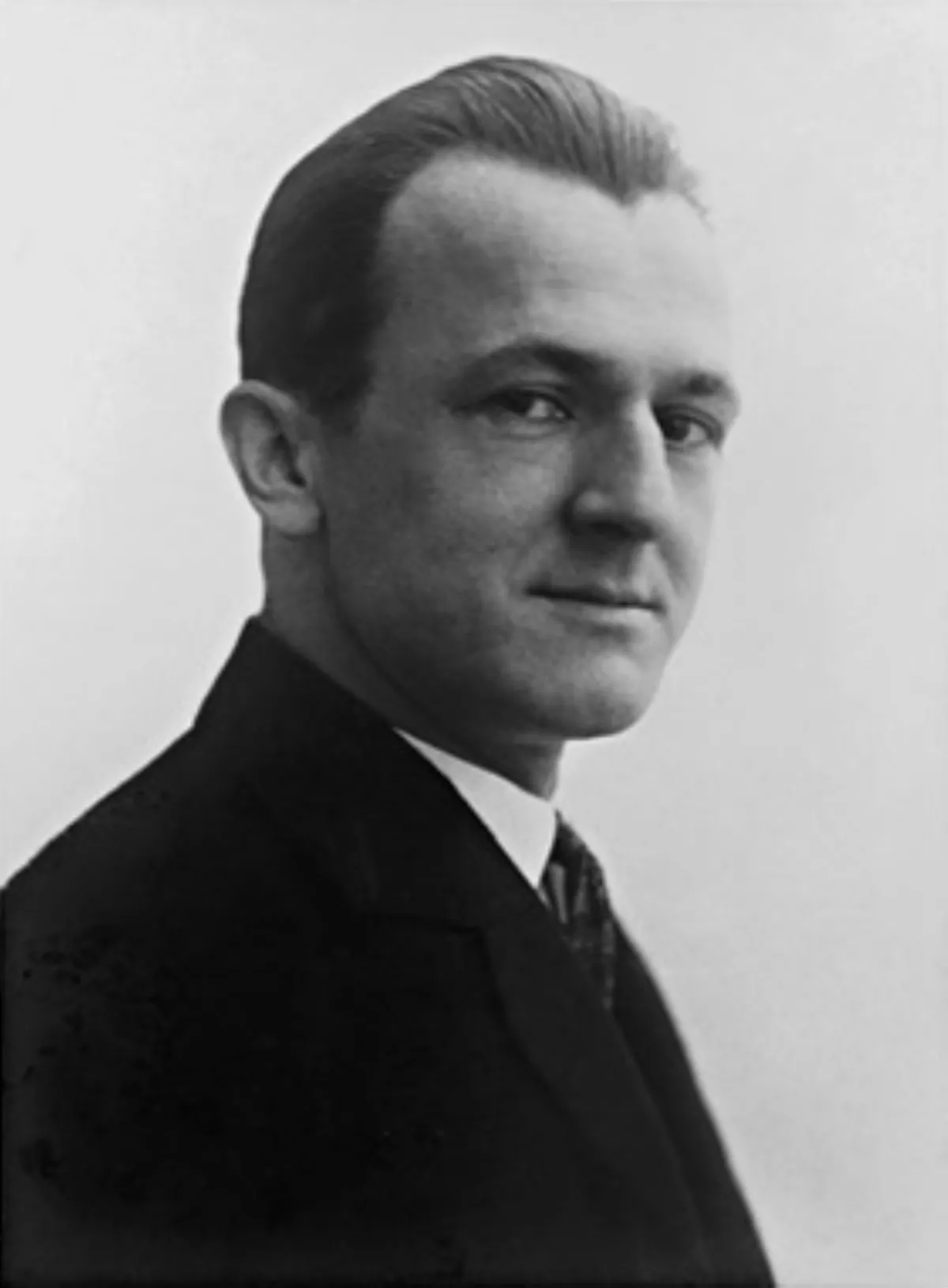 1.
1. George Grosz emigrated to the United States in 1933, and became a naturalized citizen in 1938.

 1.
1. George Grosz emigrated to the United States in 1933, and became a naturalized citizen in 1938.
George Grosz grew up in the Pomeranian town of Stolp.
At the urging of his cousin, the young George Grosz began attending a weekly drawing class taught by a local painter named Grot.
George Grosz developed his skills further by drawing meticulous copies of the drinking scenes of Eduard von Grutzner, and by drawing imaginary battle scenes.
George Grosz was expelled from school in 1908 for insubordination.
George Grosz's first published drawing was in the satirical magazine Ulk in 1910.
In November 1914 George Grosz volunteered for military service, in the hope that by thus preempting conscription he would avoid being sent to the front.
George Grosz was given a discharge after hospitalization for sinusitis in 1915.
In January 1917 George Grosz was drafted for service, but in May he was discharged as permanently unfit.
George Grosz was arrested during the Spartakus uprising in January 1919, but escaped using fake identification documents.
George Grosz was accused of insulting the army, which resulted in a 300 German Mark fine and the confiscation of the plates used to print the album.
George Grosz organised and exhibited at the First International Dada Fair.
George Grosz met with several Bolshevik leaders such as Grigory Zinoviev, Karl Radek, and Vladimir Lenin.
George Grosz went with Arthur Holitscher to meet Anatoly Lunacharsky with whom he discussed Proletkult.
George Grosz rejected the concept of "proletarian culture", arguing that the term proletarian meant uneducated and uncultured.
George Grosz's six-month stay in the Soviet Union left him unimpressed by what he had seen.
George Grosz ended his membership in the KPD in 1923, although his political positions were little changed.
George Grosz's work was part of the painting event in the art competition at the 1928 Summer Olympics.
Bitterly anti-Nazi, George Grosz left Germany shortly before Hitler came to power.
In October 1932, George Grosz returned to Germany, but on January 12,1933, he and his family emigrated to the United States.
George Grosz became a naturalized citizen of the US in 1938, and made his home in Bayside, New York.
George Grosz was elected into the National Academy of Design as an Associate Academician in 1950.
George Grosz resolved to return to Berlin, and relocated there in May 1959.
George Grosz died there on July 6,1959, from the effects of falling down a flight of stairs after a night of drinking.
George Grosz settled in Berlin in 1918 and was a founder of the Berlin Dada movement, using his satirical drawings to attack bourgeois supporters of the Weimar Republic.
George Grosz's draftsmanship was excellent although the works for which he is best known adopt a deliberately crude form of caricature in the style of Jugend.
George Grosz's art influenced other New Objectivity artists such as Heinrich Maria Davringhausen, Anton Raderscheidt, and Georg Scholz.
The George Grosz estate filed a lawsuit in 1995 against the Manhattan art dealer Serge Sabarsky, arguing that Sabarsky had deprived the estate of appropriate compensation for the sale of hundreds of George Grosz works he had acquired.
In 2003 the George Grosz family initiated a legal battle against the Museum of Modern Art in New York City, asking that three paintings be returned.
In 2022, the Little George Grosz Museum opened in Berlin's Schoneberg district.